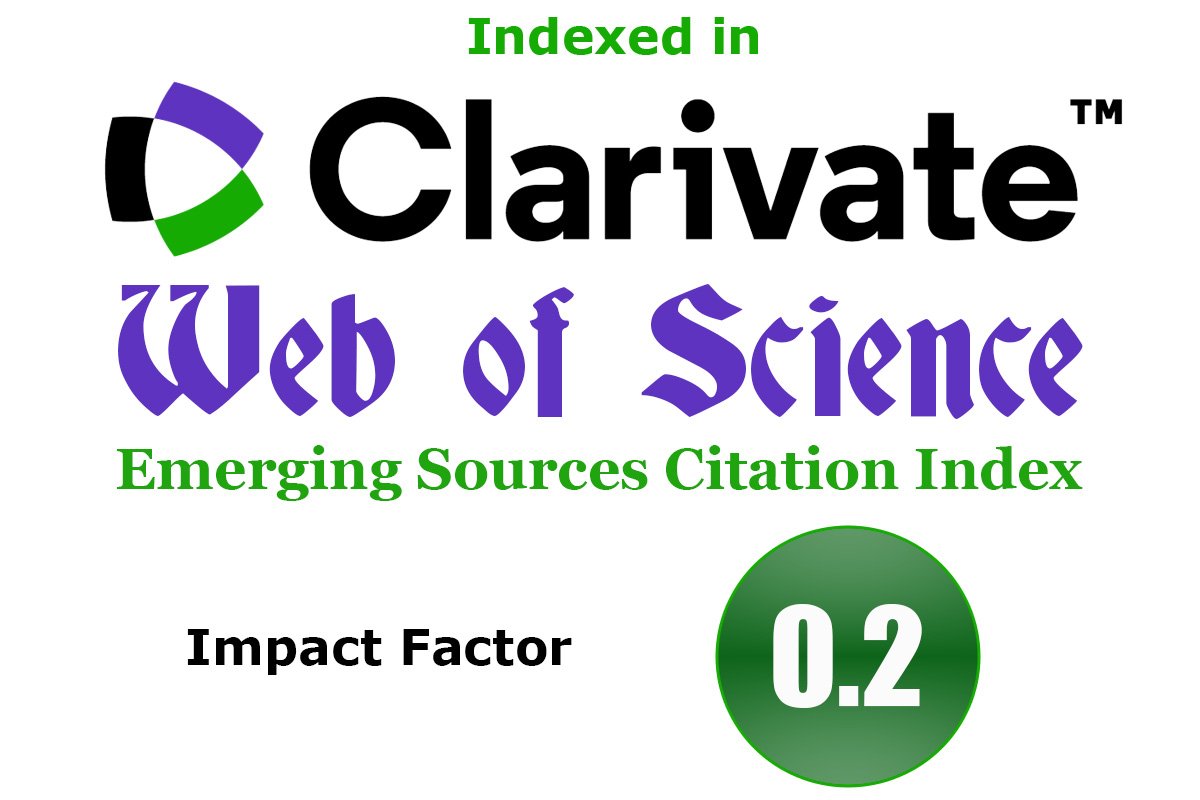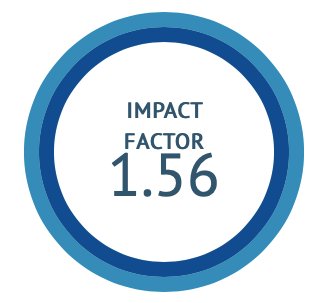Elucidating the anti inflammatory potential of bio active hydrogel from Carica papaya leaf extracts using combination of in silico and in vitro methods
DOI:
https://doi.org/10.47552/ijam.v16i1.5466Keywords:
Carica papaya, Leaf extract, Molecular Docking, Toxicity study, Anti-inflammatory assayAbstract
The investigation on medicinal plants have been gaining importance around the world especially in Asian nations due to the presence of wide range of bioactive phytochemicals. The presence of diverse bioactive compounds makes medicinal plants more demandable for curing several diseases, such as inflammatory diseases, and diabetes. Carica papaya is one such plant found very commonly throughout the country and reported to have a massive traditional properties. The present study addresses the in vitro and in silico study of the plant leaf extract for a potential anti inflammatory effect. The plant showed adequate anti-inflammatory effect through in silico and in vitro models. The compounds identified by GC-MS are put through molecular docking studies and virtual toxicity studies. Out of all the compounds, pigenin (-9.9 kcal/mol), quercetin (-9.4 kcal/mol), and kaempferol (-9.2 kcal/mol) have the best binding energy as compared to the standard diclofenac indicating that the extract can find its usage as anti-inflammatory drug. Further the claim was confirmed by in vitro study using BSA method. As compared to standard diclofenac (IC50: 0.47 mg/ml) the IC50 value of papaya extract was found to be only 0.198 mg/ml indicating a significant increase in inhibition at low concentration of the extract. A set of hydrogel formulations were designed to deliver the extract and it was found that formulation F3 containing 0.5% w/v extract was the most suitable with pH of 7.02 and spreadability of 15.11 gcm/s. Hence, a highly potent natural anti-inflammatory formulation is reported to be developed in this study.
Downloads
Published
How to Cite
Issue
Section
License
Copyright (c) 2025 International Journal of Ayurvedic Medicine

This work is licensed under a Creative Commons Attribution-NonCommercial-ShareAlike 4.0 International License.
The author hereby transfers, assigns, or conveys all copyright ownership to the International Journal of Ayurvedic Medicine (IJAM). By this transfer, the article becomes the property of the IJAM and may not be published elsewhere without written permission from the IJAM.
This transfer of copyright also implies transfer of rights for printed, electronic, microfilm, and facsimile publication. No royalty or other monetary compensation will be received for transferring the copyright of the article to the IJAM.
The IJAM, in turn, grants each author the right to republish the article in any book for which he or she is the author or editor, without paying royalties to the IJAM, subject to the express conditions that (a) the author notify IJAM in advance in writing of this republication and (b) a credit line attributes the original publication to IJAM.




